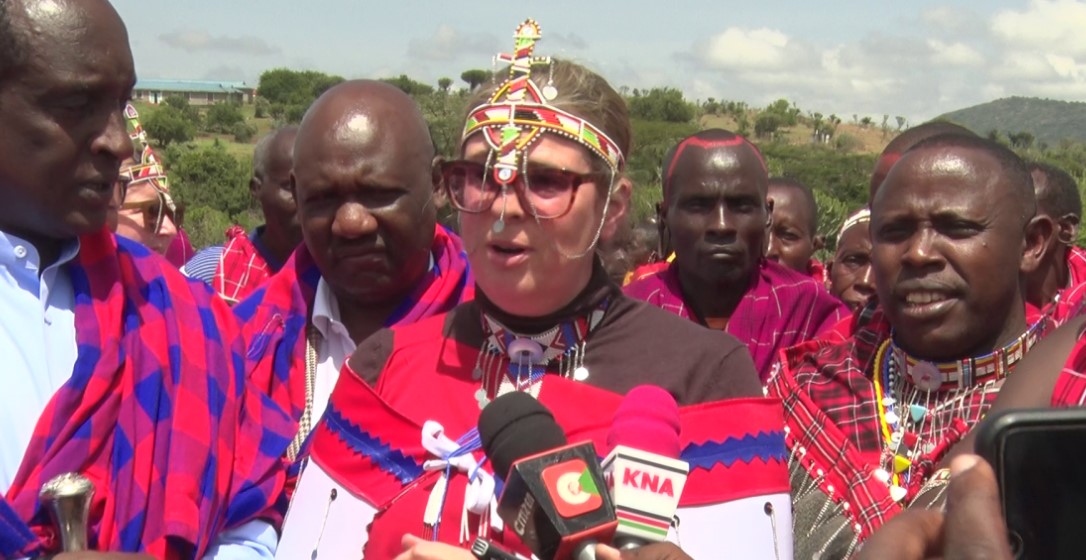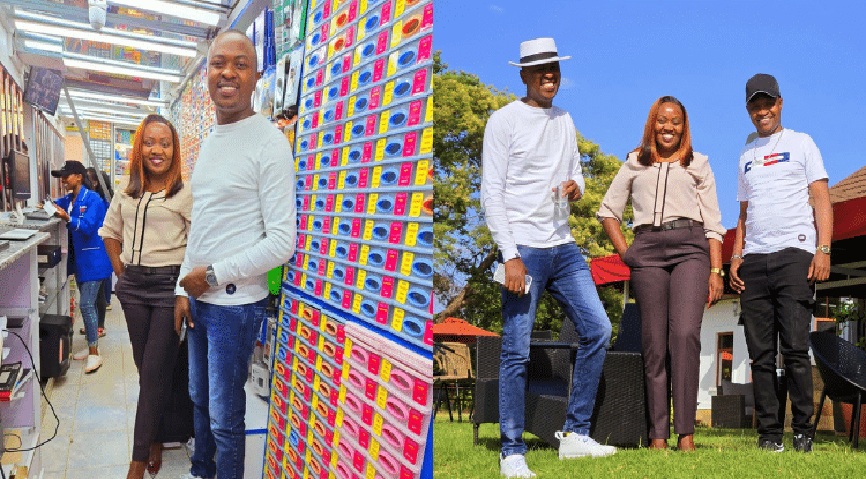The British government has compensated two families in Loita ward, Narok Sub County, 48 cows each for the property taken from them during the colonial period.
The two families, Sulu and Mpaima, whose kin also lost their lives during the colonial period, got 49 cows each.
The process started in 2017, according to Samuel Ole Nangiri, who oversaw negotiations between the Maa people and the British government when sacred-looking Maa beads were discovered in the Pitt Rivers Museum at Oxford University in London.
The beads are only touched by women, according to Nyangiri, who then pass them on to their daughters during initiation rituals.
He stated that aside from the girls who give them to their siblings during the rite of passage, no one else in the society should handle the beads because they are too precious.
The fact that the artefacts were discovered in the Museum, according to Ole Nangiri, raises questions about how such objects got there and who might have been the original owner.
This invoked the intervention of Maasai Spiritual leader ‘Oloiboni’, who travelled to London to confirm whether the objects found originated from the Maa people and the families that they had been taken from.
The Olooiboni, only identified as Mukombo, revealed that the ornaments were taken from Mpaima and Sulul families that live in the Loita ward.
The spiritual leader also claimed that the women from which the objects were taken were pregnant when the colonialists killed them.
Following the event, the Maa people and the British government began the cleansing process as it is believed that holding such sacred objects by unauthorised persons can lead to a curse.
“Our culture is very important and this occasion is evidence that the British government is remorseful of their deeds,” he said.
The cleansing ceremony involved handing over the 49 cows to each affected family, where the cows had to cross a river as evidence that they had crossed from one community to another.
Director of the Pitt Rivers Museum Professor Laura Van Broekhoven, who led the team from London, said the process of negotiation and cleansing began in 2017 after the ornaments were identified in her Museum.
She said several videos and consultations with elders proved that the objects originated from the Maa people living in Kenya.
“There were several object that were recognized by Mukombo (Olaibooni). He helped to identify the families which the objects originated from,” she said.
On his part, Narok Governor Patrick Ntutu said the day was significant as it cemented a friendship with the whites who had taken their sacred objects.
He said the other three families, whose objects were found in London, namely Sayialel, Naisho and Moseka, would be compensated.












